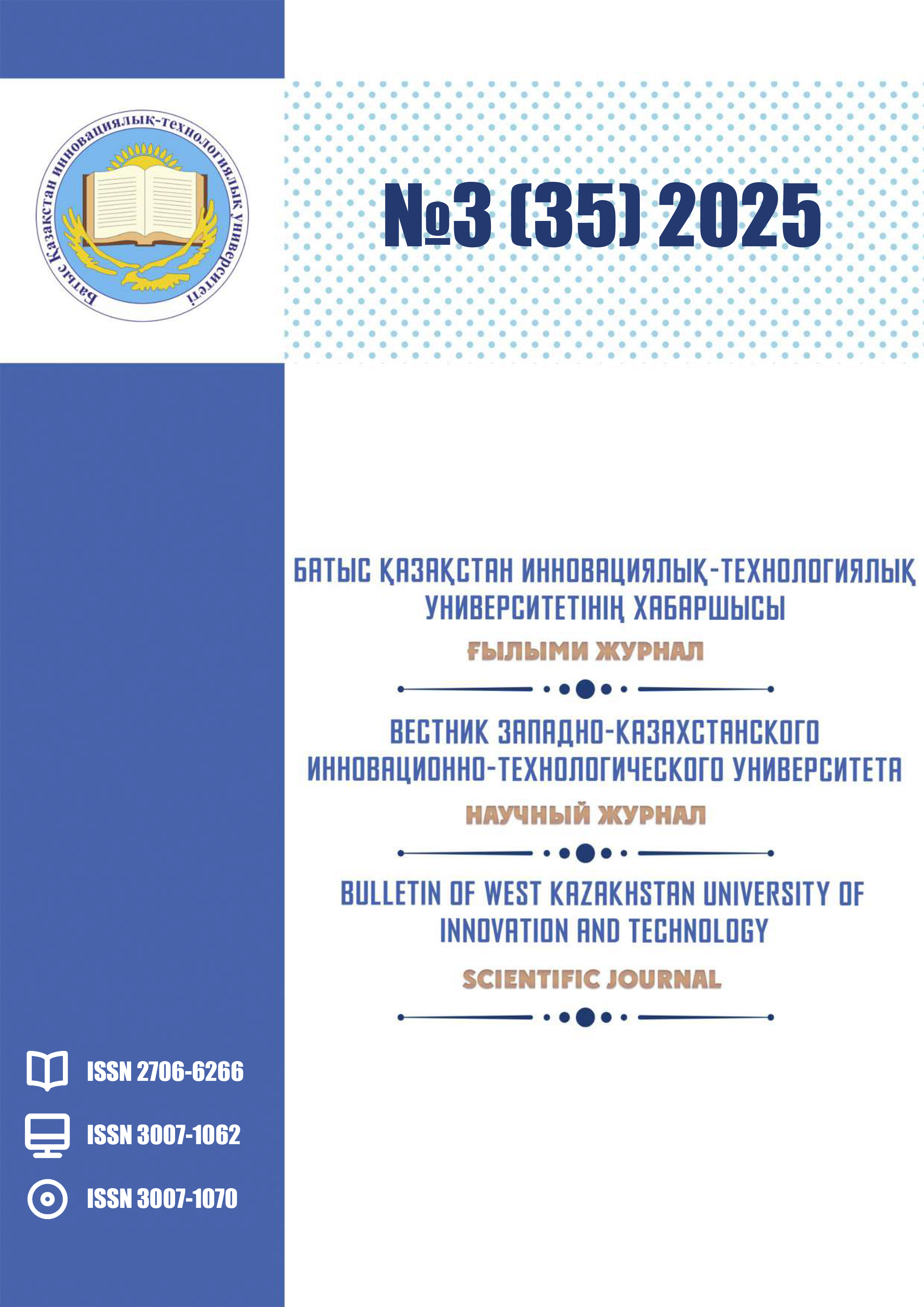CORROSION OF OILFIELD EQUIPMENT AT THE KARACHAGANAK FIELD
DOI:
https://doi.org/10.62724/202530601Keywords:
Karachaganak, CO₂-corrosion, HS-environment, inhibitors, carbon steels, risk-oriented inspection.Abstract
The Karachaganak field (Karachaganak oil and gas condensate field) is characterized by "acidic" production conditions: the presence of both CO₂ and H₂S with relatively low water availability, complex stratigraphy of the deposit and an extremely continental climate. The complex corrosion hazard is determined by a combination of mechanisms: carbon dioxide corrosion of steel, sulfide stress cracking and hydrogen embrittlement in environments with HS, hydrogen-induced corrosion/delamination, acidification of condensation water, as well as microbiological corrosion. The article provides an analytical review of corrosion factors for a typical well stock and pipeline strapping in Karachaganak; a research methodology with simulated reservoir/surface conditions is proposed; the results of a computational and experimental assessment of metal loss rates and the risk of brittle fracture forms for API steels and corrosion-resistant alloys according to ISO 15156 are discussed; a set of engineering solutions is formed: selection of materials, inhibitory protection, pH stabilization, moisture/salt management, pipe cleaning, monitoring (ER/LPR samples, coupons, inspection). It has been shown that at partial pressures of co₂≈H₂S and temperatures of 70-95 °C, FECO₃ protective films are destabilized by hydrogen sulfide phases (mackinawite, greigite), which increases the localization of corrosion and sensitivity to SSC; at the same time, low waterlogging and effective degassing/drying of gas reduce the risks in the main lines of dry gas. The findings confirm the need for differentiated corrosion management by systems (borehole—fountain fittings—plume—separation—water separation—reinjection), as well as the integration of the RBI approach into the maintenance program.

